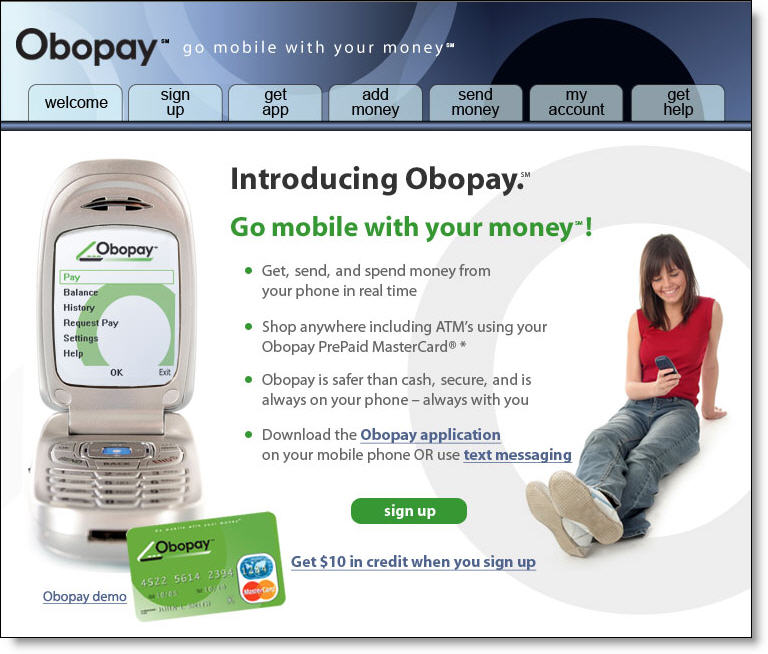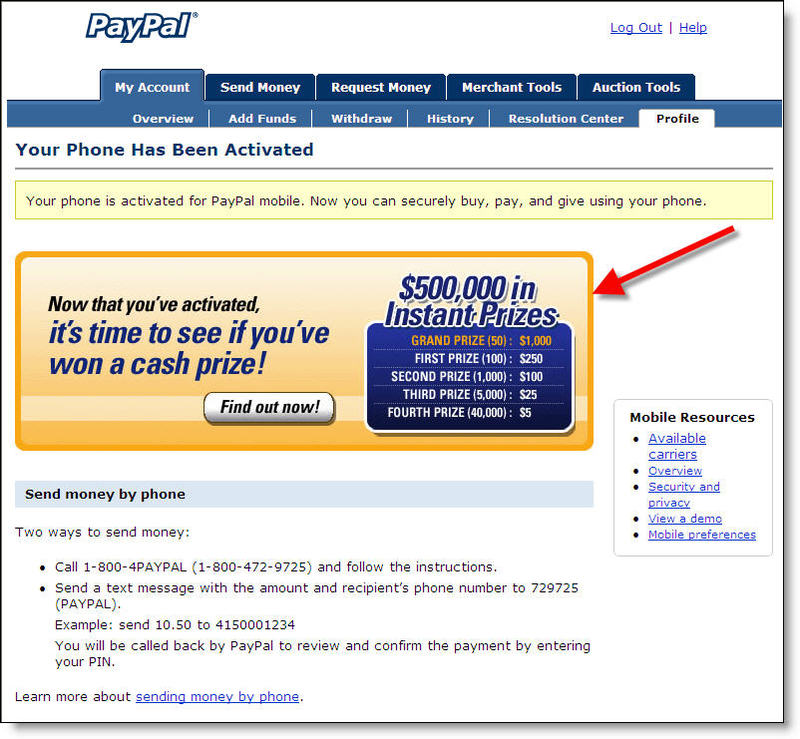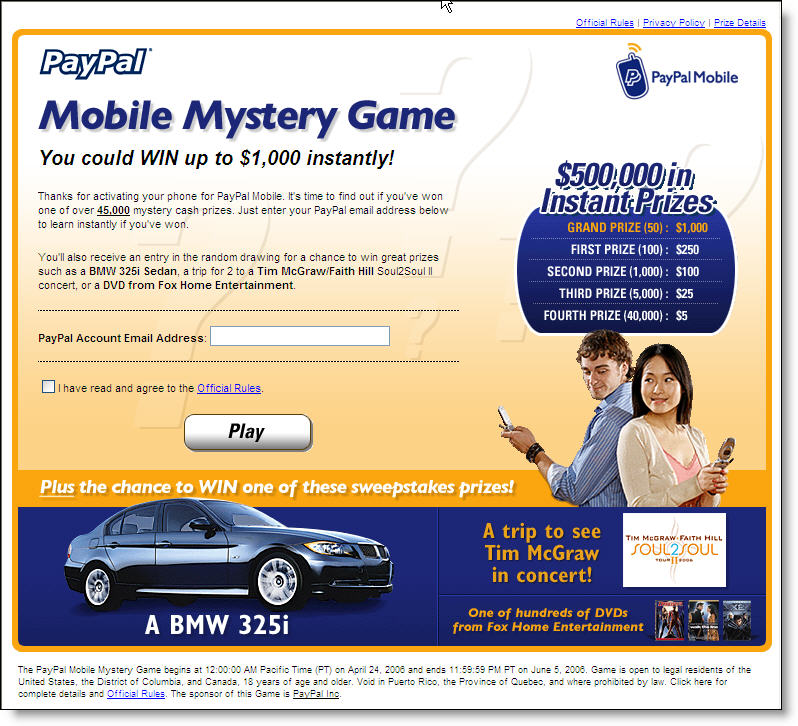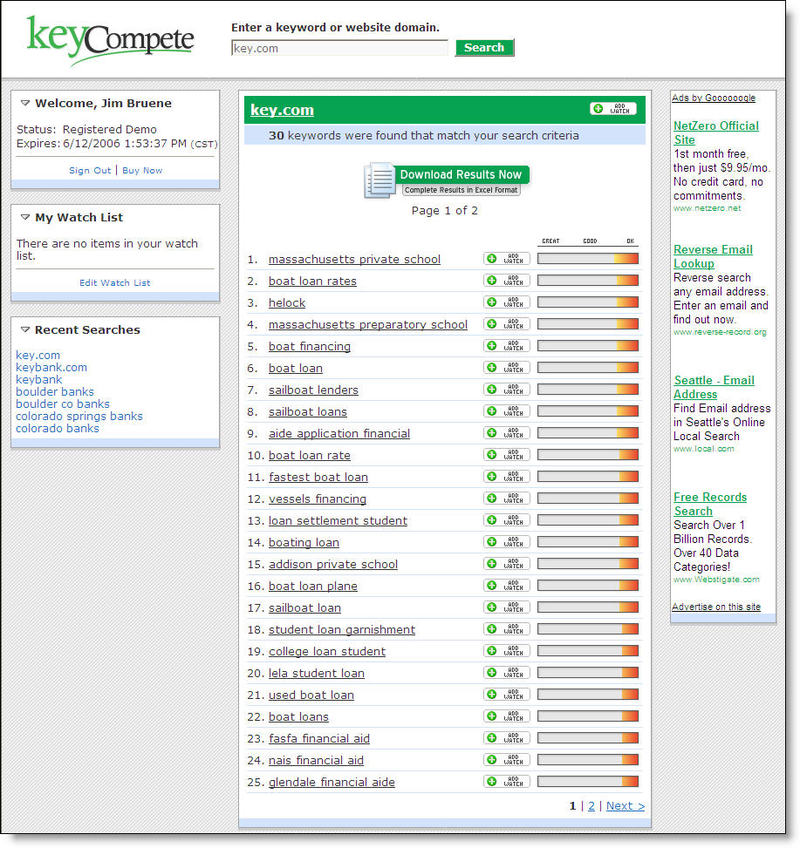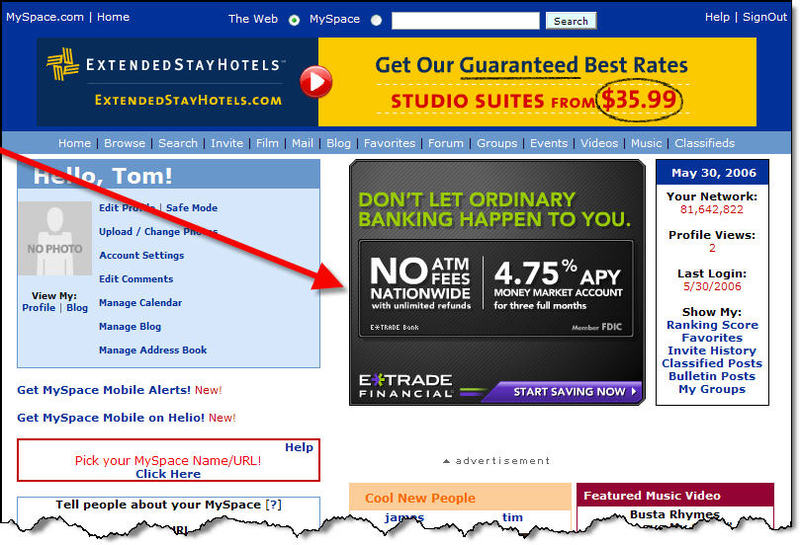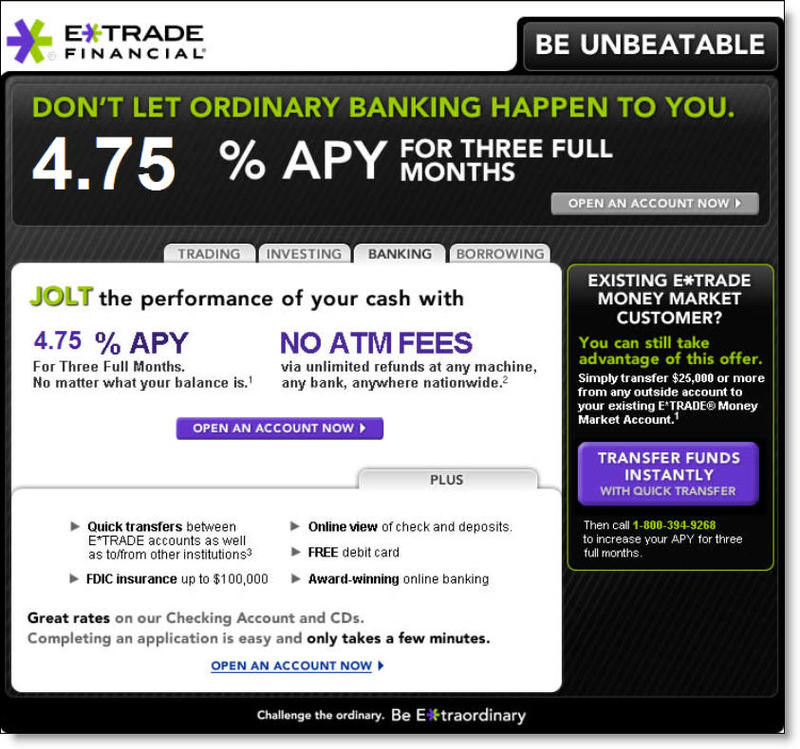You would think American and European banks would be snapping up the modern core processing platforms they need to comply with Basle II and SEPA (Single Euro Payments Area), and enjoy better operating margins in the bargain. Instead, they seem to be reacting to the prospect like someone facing a flu shot.
And yet the recent experience of India’s major banks in switching from what amounted to no core systems at all to the most advanced platforms available, proves that it’s not so awful, says Robert Hunt, research director at Tower Group’s retail and wholesale banking group.
The objections of Western banks tend to be internally focused, and not a reflection of the real problems of conversion, he says. “What banks need to do is to create a vision of their future operating environment, and adopt a plan of how we get there from here,” he says. “It’s absolutely doable. I would not minimize the fact that there is risk, but once you have a direction to go in, and find the right partners, you can manage that risk. And that’s proven in these (Indian) banks.”
Hunt recently studied the conversion of India’s six largest banks from a 1960s-level bank operation with little or no central computer platform to real-time, integrated, modern platforms, a process involving 240 million accounts comprising $220 million in assets (10 billion rupees).
The results were dramatic: Before conversion, the institutions were deeply attached to in-branch banking with teller-based transactions accounting for 94% of typical bank transactions. Today, that figure is 25%. Now, 38% of transactions are conducted at ATMs and 27% over the Internet.
This impressive result is even more astounding when you consider that much of India’s population still lives in rural villages, far from modern conveniences like reliable telephone service. But the task was achieved with minimal pain, while Western banks are still dithering.
The Indian process began in 2000, when ICICI, the only private bank in the group, began grabbing share from its state-owned rivals. Since ICICI is based in Bangalore, India’s Silicon Valley, this was a serious blow to the state banks. Bangalore is the engine of India’s explosive economic growth. It’s also home to much of India’s middle class, which is roughly the size of the U.S. population. These tech-savvy customers, many of whom spend all day making their living in the global economy, were flocking to the only institution in India that gave them the sort of retail-banking environment they’d grown used to while attending school in the West.
Naturally, the nation’s most important banks wouldn't allow an upstart to walk away with the most important sector of their country, says Hunt, and they turned to global consultants to help them make the switch. Boston Consulting, Gartner Inc., Hewlett-Packard, IBM, Infosys, and Tata Consultancy Services helped them install BANCS, IBM, iFlex, and Infosys UNIX systems, and they all went live within the past year. No unreasonable problems have been reported to date.
A similar story is playing out in China, which is building a modern banking infrastructure based on wireless telephony, and what is probably the most advanced wholesale banking system in the world. That system was built in the 1990s with much Western help. All payments information goes through the Bank of China.
These experiences are distinctly different from that of the West, where deeply entrenched legacy systems need to be replaced. European banks must invest an estimated $10 billion by 2010 to create the SEPA. In the United States, the nation’s largest banks stand to save 200 basis points in regulatory capital if they can demonstrate to the Bank of International Settlements that they possess the sort of real-time, risk-management systems they must have to comply with the Basle II regime by the end of 2007.
And yet, reports from the field indicate that progress is slow to nonexistent. We hear that European banks are slowly beginning to move, but in the U.S. the very large banks that would stand to benefit the most by Basle II compliance have not. One major core processing company reports that 50% of the European banks they approached about selling new systems backed out of deals after due consideration. Instead, that company began selling to individual departments. This will create the same sort of hodgepodge that is hampering these banks today. Similar stories are told about U.S. banks.
This is puzzling. The Basle II guidelines were created because the world’s big international banks lobbied for them, arguing at the time that they possessed such advanced risk-management systems that they could safely operate with less risk-based capital than was required in the Basle I guidelines. And yet CitiGroup, which has replaced all its overseas branch platforms with modern i-Flex systems, has not announced plans to overhaul the systems it cobbled together over the years. Rumors persist that Citi’s core systems are the same mainframes that Sandy Weill bought when he acquired Commercial Credit Corp. in the 1980s, and used as Citi’s foundation.
We expect that the Western banks will eventually come around due to competitive and regulatory requirements. But it’s difficult to understand why it’s taking so long. (Contact: Tower Group, Robert Hunt, 732-768-7871)
 While the high-tech early adopters can hardly wait until Apple releases its own iPod fully integrated with a cellphone (see mockup left), I'm looking forward to one fully integrated with my bank (see NB, June 7).
While the high-tech early adopters can hardly wait until Apple releases its own iPod fully integrated with a cellphone (see mockup left), I'm looking forward to one fully integrated with my bank (see NB, June 7). 
